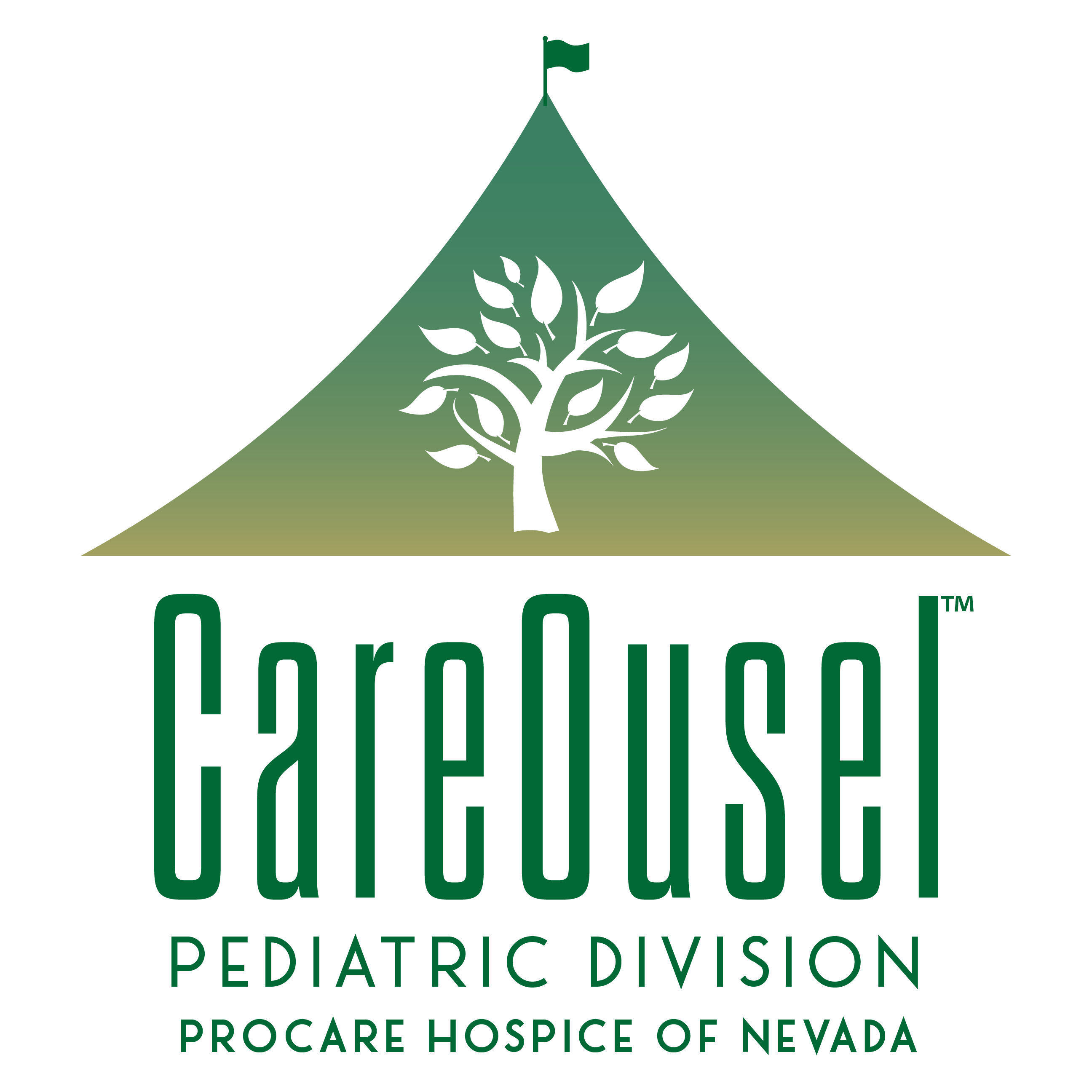Aspiration occurs when foreign materials such as food, liquid, or gastric contents are inhaled into the airways. For hospice patients in Las Vegas, especially those in the advanced stages of terminal illnesses, the risk of aspiration is elevated due to weakened bodily functions and reduced control over swallowing mechanisms. This can lead to serious complications, including aspiration pneumonia, a condition that can exacerbate a patient’s suffering and impact their quality of life.
Table of Contents
- Signs and Symptoms of Aspiration
- How Aspiration Leads to Pneumonia
- Prevention and Management Strategies
- The Role of Hospice Care in Managing Aspiration Risk
- FAQs
Signs and Symptoms of Aspiration
Identifying the early signs and symptoms of aspiration is crucial in preventing further complications for hospice patients in Las Vegas. Here’s a more detailed look at the common symptoms and why they occur:
Chronic Coughing or Throat Clearing
This is often one of the first signs of aspiration. It occurs as the body’s reflex to clear the airways of unwanted materials. Frequent coughing or throat clearing after eating or drinking can indicate that food or liquid is entering the airway instead of the esophagus.
Wet or Gurgly Voice
A voice that sounds wet or gurgly during or after meals can suggest that small amounts of liquids or solids are remaining in the throat or entering the airways. This symptom points to incomplete swallowing and is a common sign of dysphagia (difficulty swallowing).
Difficulty Swallowing (Dysphagia)
Patients may report a sensation of food sticking in their throat or chest. Dysphagia can lead to an increased risk of aspiration, especially if the patient cannot effectively clear their throat.
Chest Pain and Discomfort
When materials enter the airways, they can irritate the lining of the lungs and air passages, leading to pain and discomfort, which may be mistaken for other conditions like heart problems.
Shortness of Breath or Wheezing
Aspirated material can obstruct the airways, leading to difficulty breathing or wheezing. This is an emergency situation as it indicates significant airway compromise.
Fatigue
Aspiration can lead to decreased oxygen levels in the blood, causing fatigue, especially after meals when the energy demand is higher.
Blue Discoloration of the Skin (Cyanosis)
A bluish tint to the skin, lips, or fingernails is a serious sign of oxygen deprivation and requires immediate medical attention.
Foul-smelling Breath or Sputum
Aspiration of food particles can lead to bacterial growth and infection in the lungs, which may produce a foul odor.
Excessive Sweating
This can occur as part of the body’s stress response to difficulty breathing, increased effort to breathe, or fever from an infection.
Each of these symptoms not only affects the patient’s comfort and health but also indicates the need for reassessment of their care plan.
How Aspiration Leads to Pneumonia
When foreign materials such as food particles, fluids, or other substances are inhaled into the lungs, they bypass the body’s normal protective mechanisms, like the gag reflex and coughing. Under normal circumstances, these mechanisms help prevent such aspiration. However, in individuals with compromised health or reduced reflexes, these defenses may not function properly.
Once in the lungs, these aspirated contents can introduce bacteria or irritants that are not typically present in the respiratory tract. The presence of these foreign materials and bacteria can lead to an inflammatory response, which results in the airways and alveoli (the tiny air sacs in the lungs) becoming inflamed and filled with fluid. This inflammatory response can hinder the exchange of oxygen and carbon dioxide, making breathing difficult and reducing oxygenation of the blood.
The Role of Bacteria in Aspiration Pneumonia
The severity of aspiration pneumonia often depends on the volume and type of material aspirated. Aspiration of highly acidic gastric contents can cause chemical injury to the lungs, known as chemical pneumonitis, which can predispose patients to bacterial infection. Moreover, suppose the aspirated content is laden with harmful bacteria. In that case, it can quickly overwhelm the immune system, particularly in a Las Vegas hospice patient whose immune response may already be weakened by their underlying condition.
Prevention and Management Strategies for Aspiration
Effective management and prevention of aspiration are crucial for hospice patients to ensure their safety and comfort. Studies show that these are just some strategies that caregivers and family members can adopt:
Dietary Modifications
Adjusting the texture and consistency of food and beverages can significantly mitigate the risk of aspiration. Options such as pureed foods or thickened liquids may be easier for patients with compromised swallowing ability to handle safely.
Proper Positioning
Maintaining an upright position during and after eating can help prevent the backflow of food and liquids into the airways. Positioning aids like specialized pillows or adjustable beds can be instrumental in achieving this.
Meticulous Oral Hygiene
Good oral hygiene practices are vital as they help decrease the number of bacteria in the mouth that could potentially be aspirated into the lungs. Regular oral care, including brushing and the use of antiseptic mouthwash, should be part of the daily routine.
Vigilant Monitoring
Caregivers should closely monitor for any signs of distress or difficulty during and after eating, such as persistent coughing or a change in breathing patterns, and adjust care tactics as needed.
Professional Guidance
While implementing these strategies, it’s important to remember that they do not replace professional medical advice. If you have concerns about aspiration, or if the condition of a loved one changes, it’s crucial to consult with healthcare professionals.
The Role of Hospice Care in Managing Aspiration Risk
At ProCare Hospice of Nevada, we recognize the challenges posed by aspiration risks in hospice patients. Our family-centered approach ensures that each patient receives the care and attention they need to minimize these risks and enhance their comfort and quality of life. If you have concerns about aspiration or any other aspect of Las Vegas hospice care, please do not hesitate to reach out to us at (702) 380-8300 or fill out our contact form here! Our team is here to support you and your loved ones every step of the way.
FAQs
- What are the primary risk factors for aspiration in hospice patients?
Risk factors include weakened swallowing muscles, neurological conditions (such as stroke or Parkinson’s disease), decreased consciousness, certain medications, and conditions causing reflux or vomiting.
- How can family members help reduce the risk of aspiration at home?
Family members can help by ensuring the patient eats slowly and in an upright position, providing thickened liquids or pureed foods, and maintaining good oral hygiene to reduce bacterial load.
- How does hospice care address the emotional impact of aspiration risks on patients and families?
Hospice care includes counseling and support services for patients and families to address fears and anxieties related to aspiration and its complications. Emotional support is a key component of comprehensive hospice care.
- How does good oral hygiene help reduce the risk of aspiration?
Good oral hygiene reduces the number of bacteria in the mouth that could be aspirated into the lungs, thereby decreasing the risk of infections such as aspiration pneumonia.
- What are some common misconceptions about aspiration in hospice care?
A common misconception is that aspiration is always immediately evident; however, symptoms can sometimes be subtle and develop gradually.



 Back To Top
Back To Top